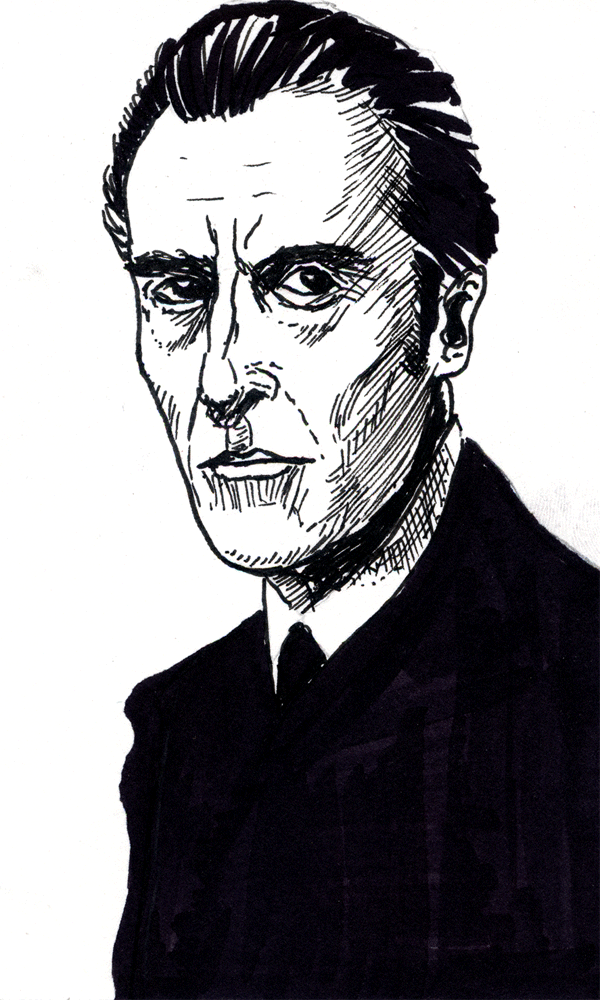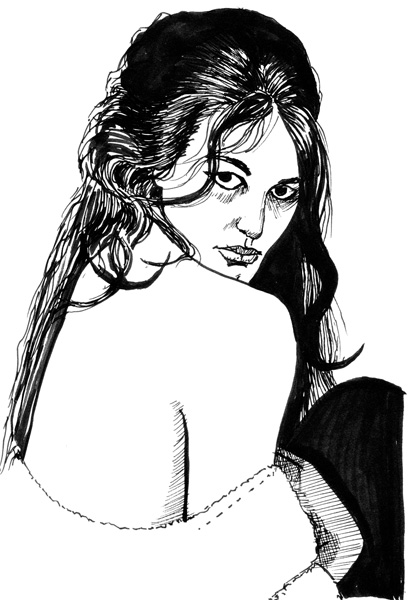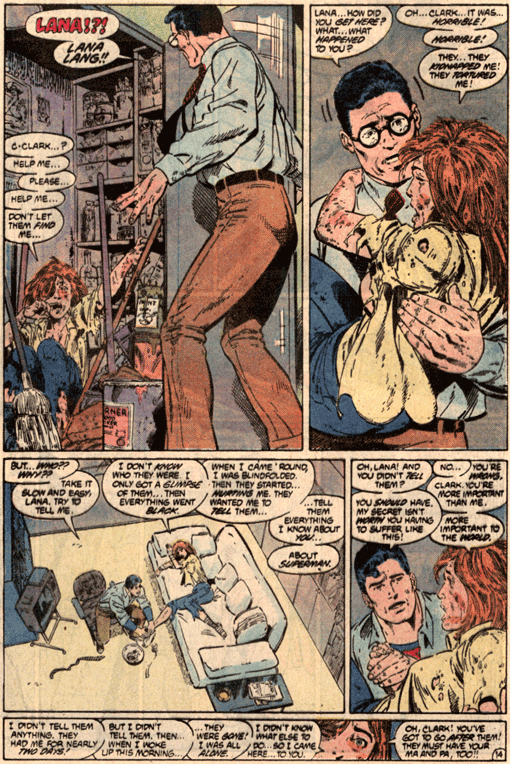Movies change over a lifetime. Some change a lot. I revisited
Ghidorah: The Three Headed Monster (1964, directed by Ishiro Honda) over the weekend, a film I loved as a kid. The only thing that holds up to adult scrutiny in that movie is the awesome Akira Ifukube score. The rest is a disaster. Watching Mothra, Rodan, and Godzilla have a "conversation" is one of the sillier things I've seen on film recently, while the human story involving repressed memories of a woman maybe descended from Martians is the usual mish mash. I still have some affection for it, but Toho has made better monster-rama team-ups. It's a film I probably won't ever revisit again. That kind of makes me sad. Is the child inside me dead? I hope not, but there are some childish things adults should leave behind, I guess.
Some films change a little, but sometimes that small shift can knock a movie out of the bright circle of fond memory. A case in point is
The Sting (1973, directed by George Roy Hill), a film I used to love. It's been, I dunno, a decade since I last saw it. It's a film I originally saw with my mother, and it was a film she loved. It was something we could share, actually, and mom usually had good taste, so it's a memory I treasure. When I sat down with my sweetie to watch it last week, I expected it to be a good experience. I was kind of disappointed. The whole thing fell flat this time out and I'm at a loss as to explain what ineffable quality was missing. It didn't help that my partner didn't like it (this was the first time she had seen it). That was kind of a blow, too. I understand her reaction, because the film didn't work for me this time, either.
The Sting is one of those movies that's trying to put one over on the audience, which is interesting as far as it goes because its structure is like one of those Penn and Teller routines where the magicians dismantle the trick to show you how it works. The audience is privy to the con. The story follows small time con man Johnny Hooker (Robert Redford). Hooker and his partner, Luther (Robert Earl Jones), have run a small grift on a guy who turns out to have been a money courier for big time mobster Doyle Lonnegan (Robert Shaw). Lonnegan brooks no interference with his operation, big or small and he soon dispatches his thugs to knock off Johnny and Luther, though they miss Johnny. Luther, before he dies, puts in a good word for Johnny with long con mastermind Henry Gondorff (Paul Newman), and Johnny convinces Henry to run the long con on Lonnegan as a means of getting his revenge. They set him up with a card game, in which Johnny appears to betray Henry to Lonnegan, then tell him the tale of how he wants to take over Henry's bookmaking establishment with a sure scam that will take it for all its worth. The other two elements of the movie are corrupt cop Snyder (Charles Durning), out for his cut of Johnny's takings, and the FBI, after Henry on a federal warrant. Not everything is as it seems.
The way the movie works is that it tells the audience everything save for one or two small details. Now, if the audience is onto those details, the gig is up and the movie becomes an exercise in makework. It's a house of cards. And this, I propose, is what spoils my fondness for the movie, because once you've seen the whole thing, it holds no surprises. Not cinematic ones anyway. I think the filmmakers know this, because they've built the thing around the charm of Robert Redford (who was probably too old for the role of Johnny Hooker) and Paul Newman, then hedged their bets with a raft of interesting character actors and a sentimental ragtime score. And there are touches that are suggestive of a better film than what one actually gets. I love the idea that Eileen Brennan's character not only runs a house of ill-repute behind a merry-go-round, but that when things get slow for the girls, she fires it up and lets them ride it. That's cool, but it's a fleeting moment. Otherwise, the street scenes all have some weird feeling of being "on set," and visually the whole thing screams "movie." And not in a good way. George Roy Hill is indifferent to any of the possibilities of abstraction offered by the period set and his direction of the film is utilitarian at best.
I suppose this experience could have been worse. I mean, I like The Sting. I still like it, to an extent. But if it was never a favorite before, it will definitely never be a favorite in the future, even if I do choose to watch it again. That's looking pretty dim at this point.











